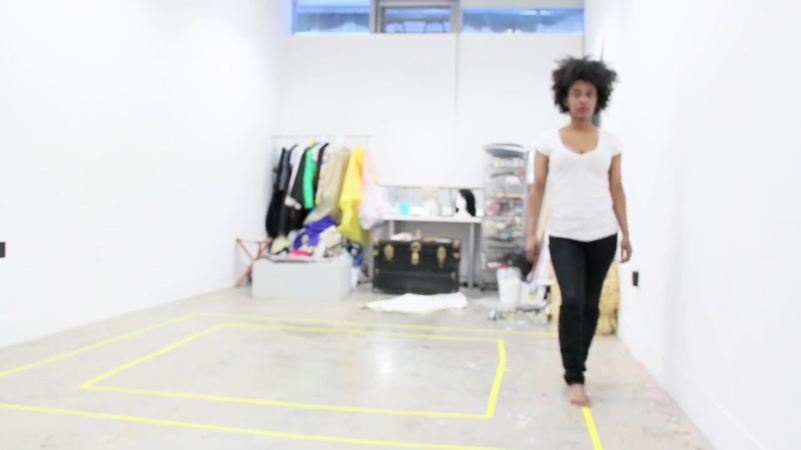I often find myself thinking about becoming. For what is an essentially fluid state, it feels like a permanent fixture not only in my own life but also in my work with others. It’s an existential question, often, but in no way a meaningless one. And even at the height of its philosophical murkiness, its applications are purely practical. If you can’t define where you are or where you might be going, how do you determine your next steps? Self-definition, for me, has always been the key to right and forward action.
In my professional life, that has meant grappling with what it means to have become a writer, then an editor, and now, most challenging and amorphous of all, a leader. In my personal life, I have in recent years variously become, in this order, an aunt, a wife, and a homeowner. Becoming is a perpetual state. We are always, or at least I hope I am, becoming something new. Many of these labels and their attendant practices have been cumulative, but not all have. There have been those times when I wondered whether I had in fact ceased becoming. Running an organization and editing the work of others left me little time to write. If I wasn’t publishing or even working towards publishing, had I ceased to be a writer?
In my own mind, the answer was yes, which is why when Art21 contacted me about writing a series of articles, I was poised to say no. Then I learned of the theme for this first issue of the online magazine, “Becoming an Artist.” That simple but loaded word—becoming—made all the difference. It was something I could wrap my mind around; it felt relevant, familiar, present.
Assisting and supporting visual artists and art writers, particularly emerging ones, is the core of my daily work. But the magazine’s theme didn’t lead me directly to the actualities of becoming an artist, though that will no doubt make its way into future writings during my residency. Instead, I began to notice the ways in which artists around me are picturing the immersion and adoption of the artist’s role—the aesthetics of becoming.
One example is Tameka Norris’s recent show at the Contemporary Arts Center of New Orleans, in which she appropriates Bruce Nauman’s 1967–68 action Walking in an Exaggerated Manner around the Perimeter of a Square. For thinking about becoming, I like Norris’s video precisely because it is a re-performance, a fundamentally unoriginal gesture. There is much to glean from the insertion of her black and female body more than forty years after Nauman’s work, but here is one simple colorless, genderless, timeless reading: In reprising those ten minutes of dull and deliberate walking, Norris gets to become Nauman, the famous artist. She symbolically fast-forwards through years, if not decades, of toiling for definition and recognition. I like this video because, like Nauman, Norris shot it in her studio, a site central to so many artists in their acts of becoming. The video image is fuzzy, intentionally out of focus. And as Norris traces that taped perimeter, I can see in the background not Nauman’s mirror but rather the objects, the clothes, and the wigs that help Norris at other moments to become other characters. When Norris has finished the performance of becoming Bruce Nauman, she will then task herself with becoming someone or something else.





Pingback: Unbecoming | Art21 Magazine
Pingback: Letter from the Editor | Art21 Magazine